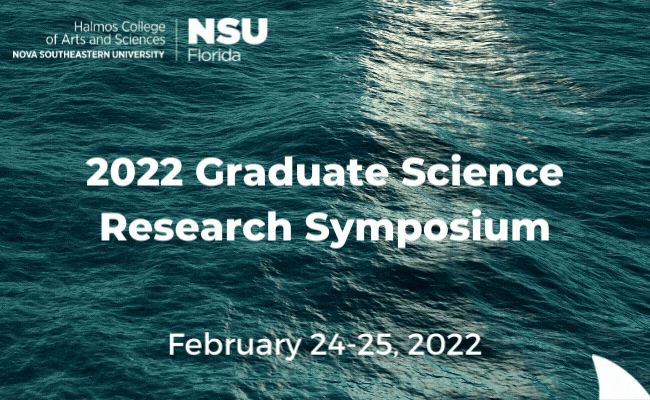KEYNOTE: Deep Sea Discoveries and Adventures- Highlights of Dives with the Johnson-Sea-Link Submersibles
Start
2-25-2022 11:00 AM
End
2-25-2022 12:00 PM
Type of Presentation
Oral Presentation
Abstract
Reed will take you along to see some of his highlights and discoveries with stunning photographs and videos. Among the highlights of the early years of the JSL program was the initial 1975 discovery and subsequent decades-long studies by Reed using lockout dives to 300 ft of the Oculina deep-water coral reefs off Florida’s east coast. This later resulted in the first deep-water coral marine protected area in the world. His later research discovered extensive deep-water Lophelia coral reefs off the southeastern United States at depths of 2500 ft which resulted in a 23,000 sq. mi. deep-water coral marine protected area from North Carolina to south Florida. Highlights include dives into giant sink holes off the Florida Keys, encounters with sharks and Mola mola sunfish, a dive into an unknown underwater volcano, and photos of new or unknown species that had never been seen alive before in their natural habitat. Many species were discovered by HBOI’s Division of Biomedical Marine Research whose critical work in developing novel therapies for treating and understanding human diseases such as cancer are based on marine natural products discovered in deep sea sponges.
Presenter(s) Biography
John Reed is a Research Professor at Harbor Branch Ocean Institution- Florida Atlantic University (HBOI-FAU) where he has studied deep-water coral reefs and biomedical research for the past 44 years. In the 1960s and 70s, Man-in-the-Sea and Man-in-Space programs were just beginning to come true. Edwin Link, co-founder of HBOI had a dream to safely send humans deeper into the sea and allow them to remain there for extended periods. Inventing the Deep Diver, the first ever submersible where a person could dive out (lockout) to depths of 700 ft, Mr. Link then invented the Johnson-Sea-Link (JSL) submersible in 1970, the only lockout sub with a clear acrylic bubble allowing nearly 360o visibility. From 1971 to 2010, the two JSL submersibles completed nearly 9,000 dives down to depths of a half mile and conducted by thousands of researchers from dozens of universities and agencies. Researchers from Harbor Branch and around the world used the subs to collect and identify thousands of specimens including fish, corals, sponges, crustaceans, seaweeds, and countless other taxa. Dives were made throughout the eastern US and Gulf of Mexico, the Great Lakes, Bahamas, the Caribbean (Antilles, Curacao, Bonaire, Roatan, Belize), eastern Atlantic (Canaries, Madeira, Mediterranean), and Pacific (twice to the Galápagos Islands, Cocos Island and Panama). The JSLs have been featured dozens of times in popular magazines, national news, and science and nature television documentaries. JSL expeditions to the Galápagos Islands and Cuba were the subject of two award-winning Discovery Channel television documentaries including a 3-d IMAX movie.
KEYNOTE: Deep Sea Discoveries and Adventures- Highlights of Dives with the Johnson-Sea-Link Submersibles
Reed will take you along to see some of his highlights and discoveries with stunning photographs and videos. Among the highlights of the early years of the JSL program was the initial 1975 discovery and subsequent decades-long studies by Reed using lockout dives to 300 ft of the Oculina deep-water coral reefs off Florida’s east coast. This later resulted in the first deep-water coral marine protected area in the world. His later research discovered extensive deep-water Lophelia coral reefs off the southeastern United States at depths of 2500 ft which resulted in a 23,000 sq. mi. deep-water coral marine protected area from North Carolina to south Florida. Highlights include dives into giant sink holes off the Florida Keys, encounters with sharks and Mola mola sunfish, a dive into an unknown underwater volcano, and photos of new or unknown species that had never been seen alive before in their natural habitat. Many species were discovered by HBOI’s Division of Biomedical Marine Research whose critical work in developing novel therapies for treating and understanding human diseases such as cancer are based on marine natural products discovered in deep sea sponges.


